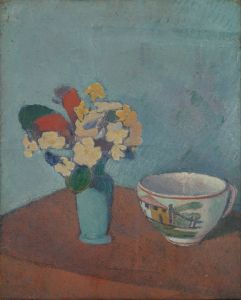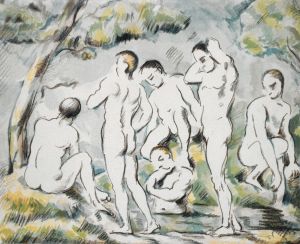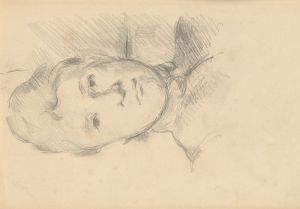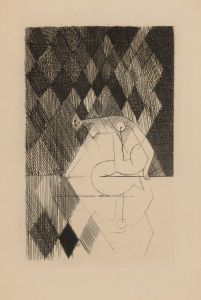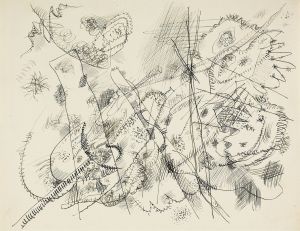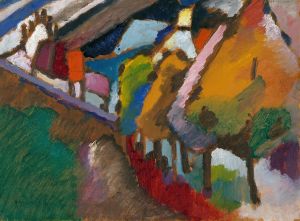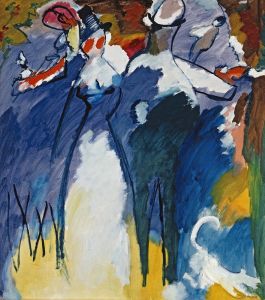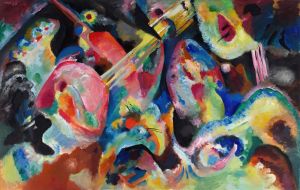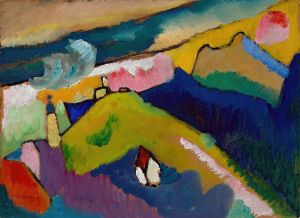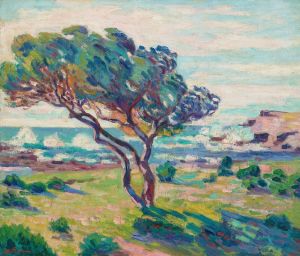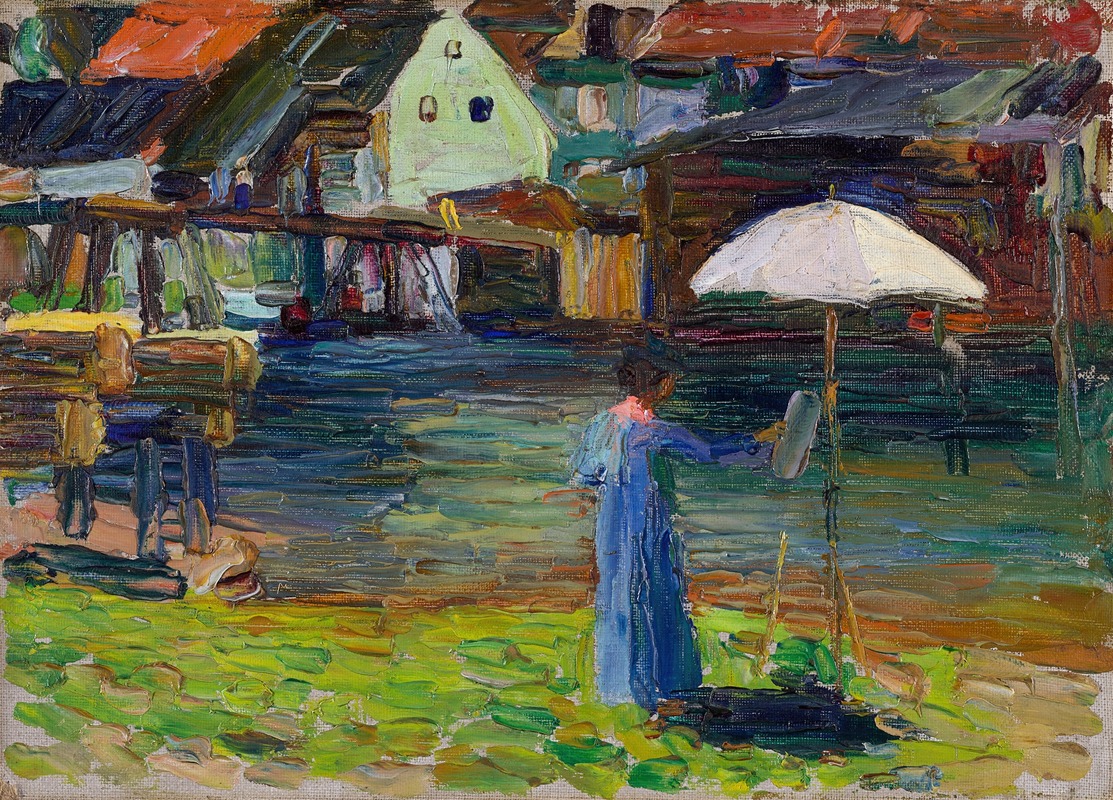
Kallmünz – Gabriele Münter painting I
A hand-painted replica of Wassily Kandinsky’s masterpiece Kallmünz – Gabriele Münter painting I, meticulously crafted by professional artists to capture the true essence of the original. Each piece is created with museum-quality canvas and rare mineral pigments, carefully painted by experienced artists with delicate brushstrokes and rich, layered colors to perfectly recreate the texture of the original artwork. Unlike machine-printed reproductions, this hand-painted version brings the painting to life, infused with the artist’s emotions and skill in every stroke. Whether for personal collection or home decoration, it instantly elevates the artistic atmosphere of any space.
"Kallmünz – Gabriele Münter painting I" is a notable work by the Russian painter Wassily Kandinsky, created in 1903. This painting is significant as it marks an important period in Kandinsky's artistic development and his relationship with fellow artist Gabriele Münter.
Wassily Kandinsky (1866-1944) is widely regarded as a pioneer of abstract art. His early works, however, were more representational, and "Kallmünz – Gabriele Münter painting I" falls into this category. The painting was created during a summer trip to the town of Kallmünz in Bavaria, Germany, where Kandinsky and Münter, along with other members of the Phalanx group, spent time painting and exploring the picturesque landscape.
Gabriele Münter (1877-1962) was a German expressionist painter who played a crucial role in Kandinsky's life and work. She was a student of Kandinsky at the Phalanx School in Munich, where they met in 1902. Their relationship quickly developed into a romantic and professional partnership, lasting until 1914. Münter's influence on Kandinsky during this period was profound, as they shared ideas and inspired each other's work.
The painting "Kallmünz – Gabriele Münter painting I" depicts Münter engaged in the act of painting, set against the backdrop of the charming Bavarian town. The composition reflects Kandinsky's interest in capturing the essence of his surroundings and the people within them. The use of vibrant colors and expressive brushstrokes in the painting hints at Kandinsky's evolving style, which would eventually lead him towards abstraction.
Kandinsky's time in Kallmünz was a period of experimentation and growth. The town's idyllic scenery and the camaraderie among the artists provided a fertile ground for creative exploration. This painting is a testament to the collaborative spirit of the time and the mutual influence between Kandinsky and Münter.
"Kallmünz – Gabriele Münter painting I" is also significant for its portrayal of a female artist at work, which was relatively uncommon in early 20th-century art. Münter's presence in the painting highlights her importance not only in Kandinsky's life but also in the broader context of the art world of that era.
The painting is part of the collection of the Lenbachhaus in Munich, which houses an extensive collection of works by Kandinsky and other members of the Blue Rider (Der Blaue Reiter) group, an influential art movement co-founded by Kandinsky and Franz Marc in 1911. The Lenbachhaus is renowned for its collection of expressionist art, and "Kallmünz – Gabriele Münter painting I" is a valuable piece within this context.
In summary, "Kallmünz – Gabriele Münter painting I" by Wassily Kandinsky is a significant work that captures a moment of artistic collaboration and personal connection between Kandinsky and Münter. It reflects the early stages of Kandinsky's journey towards abstraction and highlights the important role Münter played in his artistic development. The painting remains an important part of the Lenbachhaus collection, offering insight into the early 20th-century art scene and the dynamics of the artists involved.





![Nature morte au bougeoir [The Candlestick]](/imgs/216620/s/edouard-vuillard-nature-morte-au-bougeoir-the-candlestick-5fbea233.jpg)

